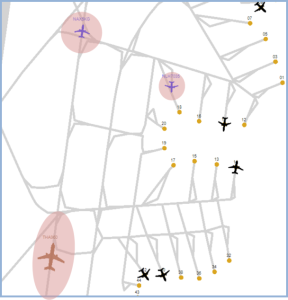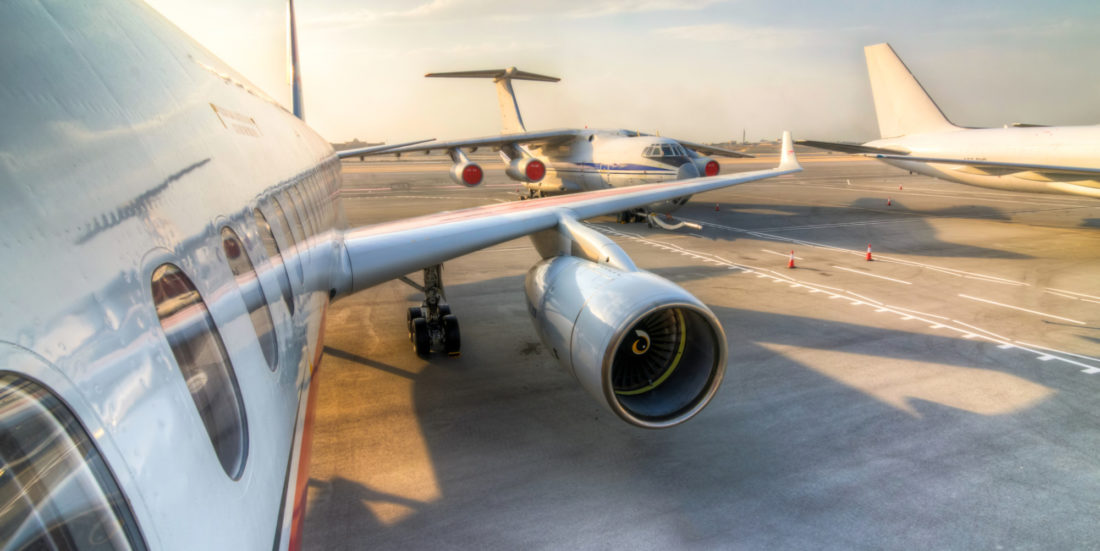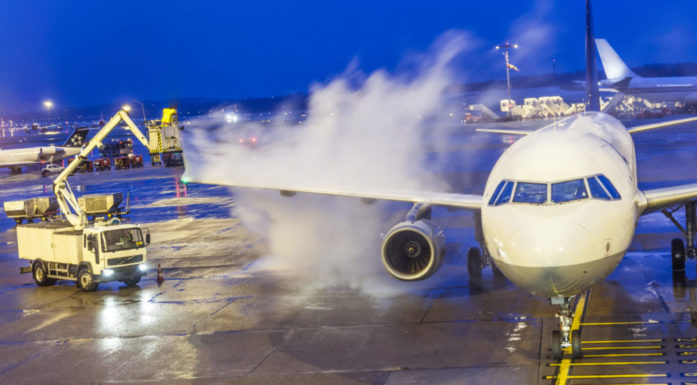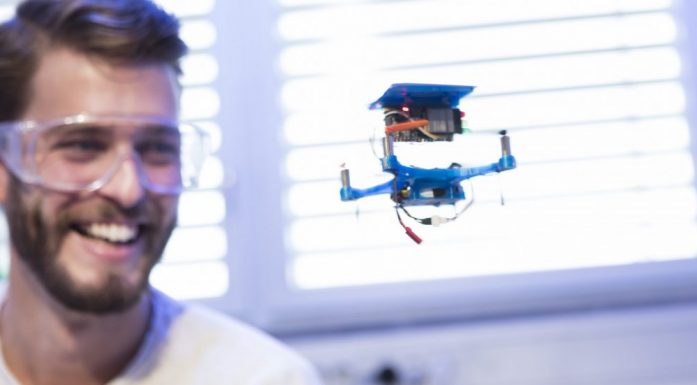Norwegian researchers make European air traffic more efficient
Many major European airports are unable to expand. This means that aircraft departures, arrivals and surface movements will have to be speeded up. A Norwegian system designed to make all airport movements more efficient is tested in Hamburg, and at Arlanda in Stockholm and Charles de Gaulle in Paris.
Researchers at SINTEF have been working to optimise road and rail traffic patterns for more than 25 years. More recently, they have been applying their models to aircraft traffic movements. It all started with optimal planning and guidance of taxiing aircraft to and from the runways. The optimisation group is now in the middle of its third project.
“Results show that our optimisation system is able to identify the optimal runway sequence and taxi routes to and from the runway for all aircraft “, says Patrick Schittekat at SINTEF. “It can plan detailed taxi routes, recommend new routes automatically, and respond to a continuous stream of updated information. It is now possible to improve the punctuality of aircraft departures by up to 60 percent”, he says.
Holistic insight is key
There are many factors that restrict efficient traffic flow at modern airports. These include fact that traffic is being controlled from different places and a lack of effective coordination between the different software systems. Air traffic controllers supervising aircraft take-offs and approaches often sit separately in their own towers. The coordination between these systems have to be improved.
“Aircraft taxi to their take-off runway and wait in line before they can depart”, says Schittekat. “The aircrafts uses up a lot of fuel while they are waiting, and in cases where many planes are scheduled to take off at the same time, waiting times of 5 and 10 minutes are not unusual. There is potential to achieve 30 percent reductions in waiting times, and improve safety into the bargain”, he says.
The optimisation model takes into account the basic rules and physical restrictions that apply at all airports, such as safety zones around turning aircraft and one-way taxiing routes.
The model is designed to set up routes that avoid taxiing conflicts. It also defines a safety zone around each plane that varies in size and shape according to factors such as aircraft speed, wingspan, and the nature of its present activity. Safe surface traffic movements require that these zones must never overlap.

The system is able to analyse new information in real time, and include algorithms in place that respond to new information, also in real time. This enables them to construct conflict-free taxi routes in detail. The routes are planned to avoid conflict with the safety zones that surround each aircraft. The greater the speed at which an aircraft is travelling, the greater the size of the safety zone.
Optimisation
Researchers are attempting to improve the control tower software system using mathematics and optimisation techniques. Traffic controllers receive a constant stream of data, and they need to be updated at all times on the traffic patterns that make best use of runway capacity.
The optimisation system is being continuously supplied with data on the status of all aircraft movements on the ground and in the airspace surrounding the airport. In SESAR 10.9.2 project, this information is sourced from two other systems supplied by the Swedish and French companies SAAB and Thales, respectively.
“Our system then responds by sending recommended landing and take-off times back to these two systems before receiving more data. The system works as a perpetual loop”, says Schittekat. “For different reasons, some aircraft will not be able to adhere to a given plan, but new information allows the algorithm to make modifications so that a new recommendation can be sent – all of this within 0.05 seconds”, he says.
Researchers are aiming to identify the best way of interaction between man and machine. “We need more research to identify the ideal means of coordinating work between our optimisation system and the traffic controllers”, says Schittekat. “This is why we’ve launched a strategic project in SINTEF just for this purpose”, he says. (https://www.sintef.no/nextgendst).
Fewer aircraft taxiing around the airport
The Norwegian researchers have been working closely with Swedish Air Traffic Management Services (LFV) and have carried out comprehensive tests and simulations using Arlanda airport in Stockholm as a test case. LFV’s extensive simulation platform located in Malmö is almost like the real-life Arlanda. There is a room dedicated to airport control, a second for approach control, and a third room for pilots. There were about five or six pilots present.
“At Arlanda they have tested the take-off/landing combination before, but felt performance could be even more improved”, says Schittekat. “Traditionally a fixed and recurring pattern such as two take-offs and two landings during a two-hour period is used. But real traffic demand is not sufficiently regular or predictable to make this approach effective. Take-offs and landings have to be merged to a much greater degree as part of a dynamic system. We tested the different systems for an entire week and observed how the air traffic controllers respond and communicate when take-offs and landings are mixed dynamically. We observed that the controllers experienced lower levels of stress using our alternative system”, he says.
Simulations and tests of Hamburg airport have also been carried out. Also here the results showed that the new system promoted better traffic flow. There were fewer aircraft moving at the same time at the airport, which will give lower levels of stress for the air traffic controllers.
Award
The project “Multiple airport arrival/departure management” is now concluded. The software system developed by the researchers is now ready, and can communicate with the other systems.
The project recently received an “Outstanding Project” award from the EU’s SESAR Joint Undertaking programme. The SINTEF researchers participated in a small, but important, part of the project, combining technologies from Saab, Thales and SINTEF, that has since been validated by the Swedish LFV. In connection with the award, the project was cited because of its level of innovation. SINTEF’s work will be continued as part of several projects making up the major EU aviation research programme SESAR 2020.
“SINTEF has a key advantage in that we are able to combine technologies and expertise within the organisation”, says Schittekat. “Few people have associated us in the past with expertise in air traffic control, but in the last four years, SINTEF has consolidated its skills and can now ‘talk the talk’ with the rest of the aviation sector”, he says.





